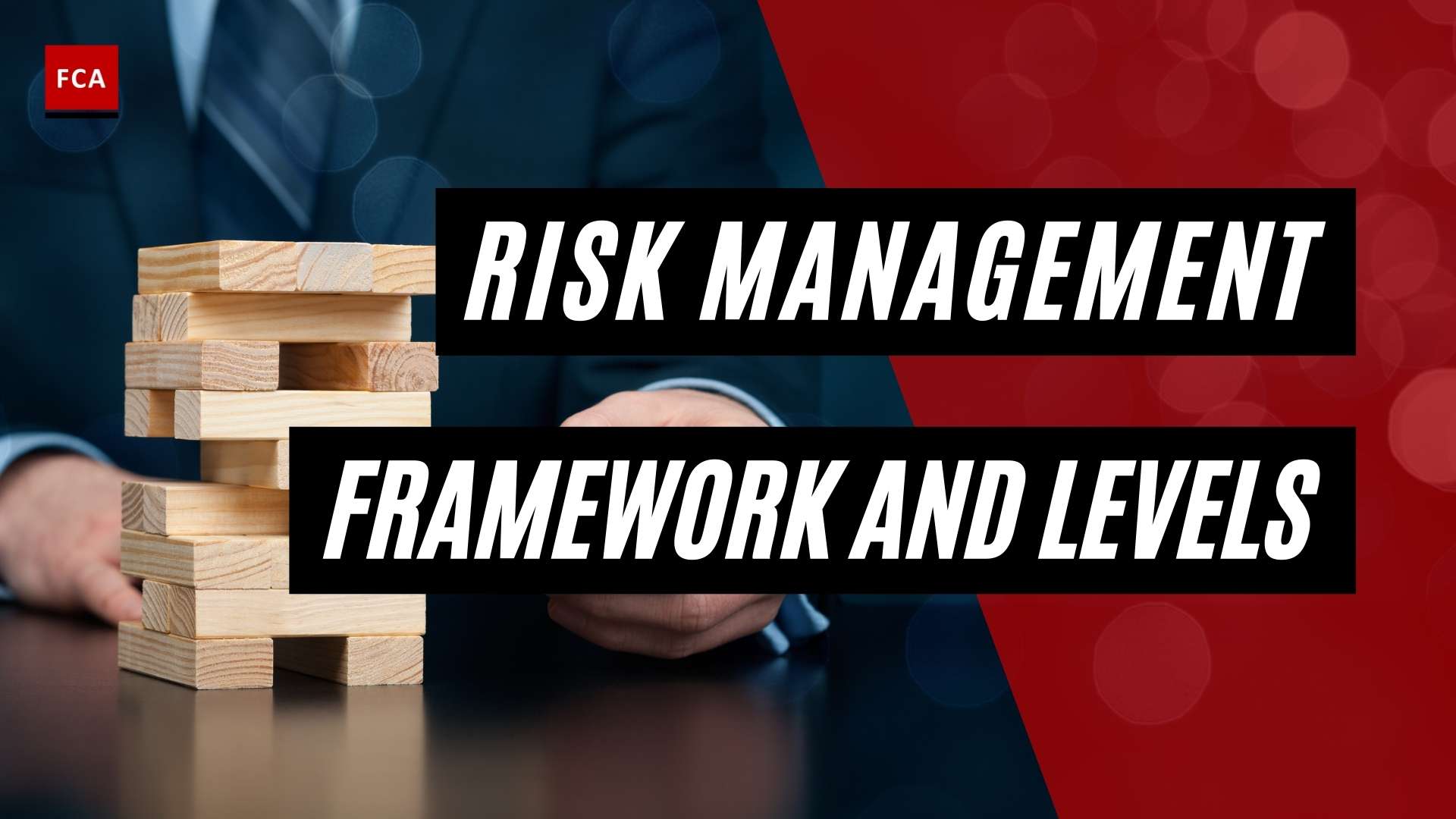What is Risk? From an internal audit, the perspective risk is something that might lead to the organization not being able to achieve its objectives.
In finance, risk is defined as the possibility that the actual gains from an outcome or investment will differ from the expected outcome or return. The possibility of losing some or all of one’s initial investment is included in risk.
What is Risk?
Risk is the possibility of something bad happening. Risk involves ambiguity about the aftermath and implications of activity concerning something that humans value, often focusing on negative, undesirable results. Many risk definitions have been proposed.
Typically, risk is quantified by taking into account past behaviors and outcomes. The standard deviation is a common risk metric in finance. It measures the volatility of asset prices in relation to their historical averages over a given time period.
Overall, by understanding the fundamentals of risk and how it is measured, it is possible and prudent to manage investing risks. Learning about the risks that can arise in various scenarios and how to manage them holistically will assist all types of investors and business managers in avoiding unnecessary and costly losses.
The Basics of Risk
Every day, everyone is exposed to some type of risk, whether it’s from driving, walking down the street, investing, capital planning, or something else. Personality, lifestyle, and age are some of the most important factors to consider for individual investment management and risk management. Each investor has a distinct risk profile that influences their willingness and ability to bear risk. In general, as investment risks increase, investors expect higher returns to compensate for the increased risk.
Risk is typically quantified by taking into account past behaviors and outcomes. The standard deviation is a common risk metric in finance. The standard deviation of a value is a measure of its volatility in comparison to its historical average. A high standard deviation indicates significant value volatility and, as a result, a high degree of risk.
Individuals, financial advisors, and businesses can all develop risk management strategies to help them manage the risks associated with their investments and business operations. There are several academic theories, metrics, and strategies for measuring, analyzing, and managing risks. Standard deviation, beta, Value at Risk (VAR), and the Capital Asset Pricing Model are a few examples (CAPM). Measuring and quantifying risk frequently enables investors, traders, and business managers to mitigate some risks through various strategies such as diversification and derivative positions.

Inherent Risk
Inherent risk is the risk posed by an error or omission in a financial statement due to a factor other than a failure of internal control. It is the current level of risk given the existing set of controls. Rather than the hypothetical notion of an absence of any control in a financial audit, inherent risk is most likely to occur when transactions are complex or in situations that require a high degree of judgment concerning financial estimates. This type of risk represents a worst-case scenario because all internal controls in place have anyway failed.
Controls are put in place to reduce the inherent risks and bring them down to acceptable levels. Risks should be reduced to levels that are acceptable to the organization. The acceptable level of risk is set given the organization’s risk appetite.
Common Examples of Inherent Risk
In the financial services industry, inherent risk is common. The reasons for this include the complexity of regulating financial institutions (the large and ever-changing number of rules and regulations), the large networks of related companies, and the development of derivative products and other intricate instruments that necessitate complex calculations to assess.
Financial institutions frequently have long-standing and complex relationships with a variety of parties. A holding company may be involved in multiple entities at the same time, each controlling special-purpose vehicles and other off-balance-sheet entities. Each level of the organizational structure may have a large number of investor and client relationships. Related parties are also notorious for being less transparent than separate entities.
Non-routine accounts or transactions may carry an element of risk. Accounting for fire damage or acquiring another company, for example, is unusual enough that auditors risk focusing too much or too little on the unique event.
Residual Risk
Controls essentially involve the levels of risk involved. Once controls have been implemented, the risk that the organization is left with is called the residual risk. How rigorous the organization’s controls are depends on the risk appetite of the organization. The residual risk is the amount of risk or danger associated with an action or event remaining after natural or inherent risks have been reduced by risk controls.
Risks may be mitigated through other methods as well. One example is insurance policies. Insurance policies can act as risk mitigators and reduce the amount of residual risk.
Residual risks are typically assessed in the same manner as initial risks – using the same methodology, assessment scales, and so on. What is different is that you must consider the influence of controls (and other mitigation methods), so the likelihood of an incident is usually reduced and, in some cases, the impact is reduced.
The use of automotive seat belts is an example of residual risk. Seat belt installation and use reduces the overall severity and probability of injury in an automobile accident; however, the probability of injury remains when they are used, indicating a residual risk.
Difference Between Residual Risk and Inherent Risk
Organizations must recognize the difference between inherent risk and residual risk in order to calculate residual risk.
Inherent risk is the risk that exists in any scenario in which no attempts at mitigation have been made and no controls or other measures have been implemented to reduce the risk from its initial levels to levels more acceptable to the organization.
As previously stated, residual risk is the risk that remains after all efforts have been made to reduce the inherent risk.
Final Thoughts
Risk denotes future uncertainty about earnings or outcomes deviating from expectations. Risk quantifies the amount of uncertainty that an investor is willing to accept in order to profit from an investment. Risks come in a variety of forms and originate in a variety of contexts. There is liquidity risk, sovereign risk, insurance risk, business risk, and default risk, among other things. Various risks arise as a result of the uncertainty caused by various factors that influence an investment or a situation.








